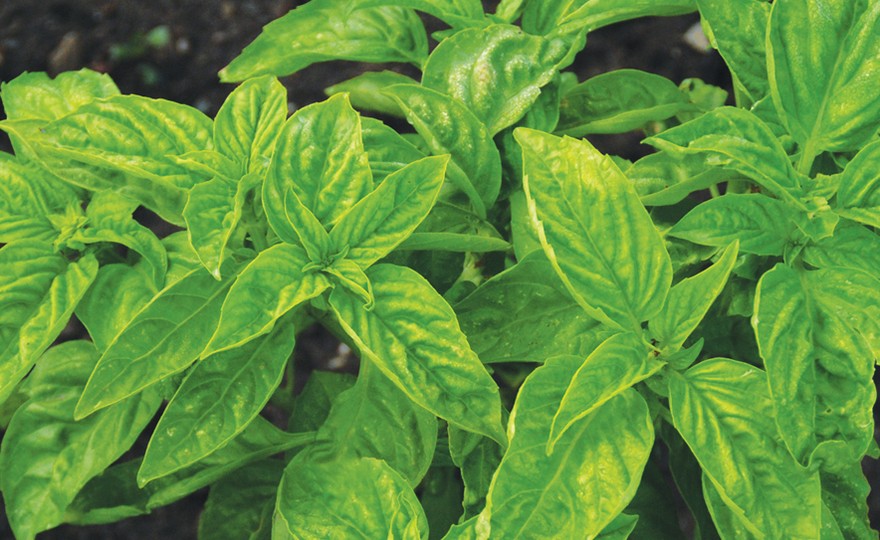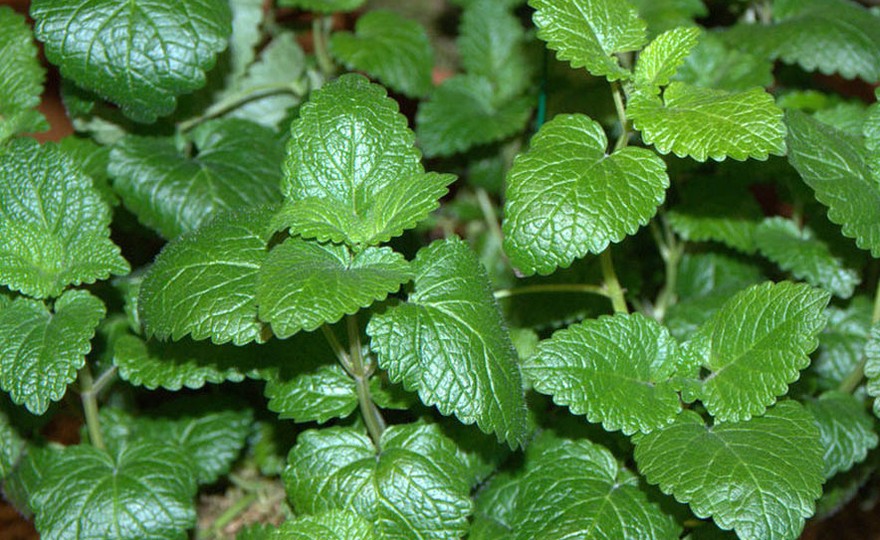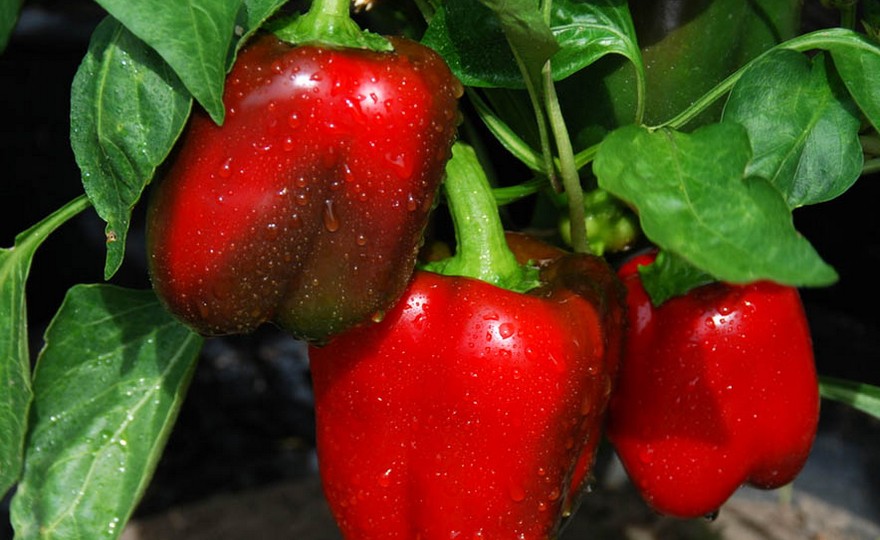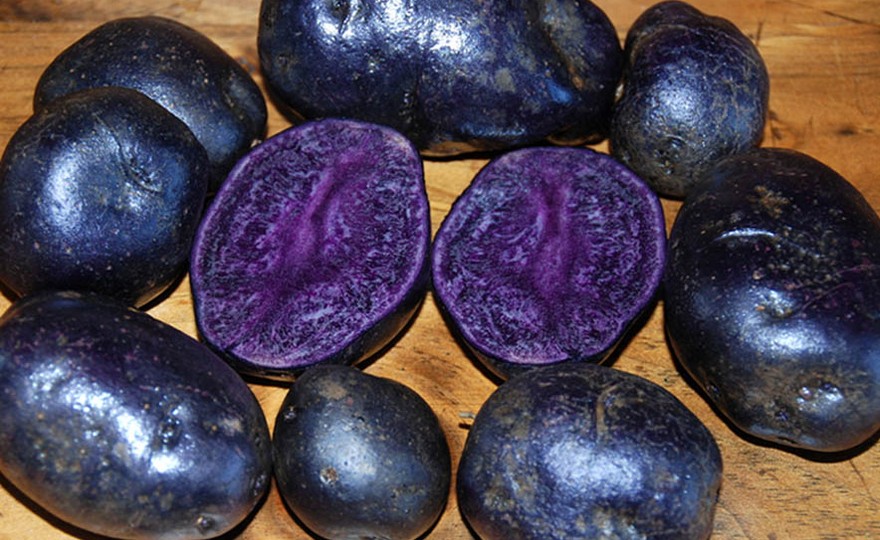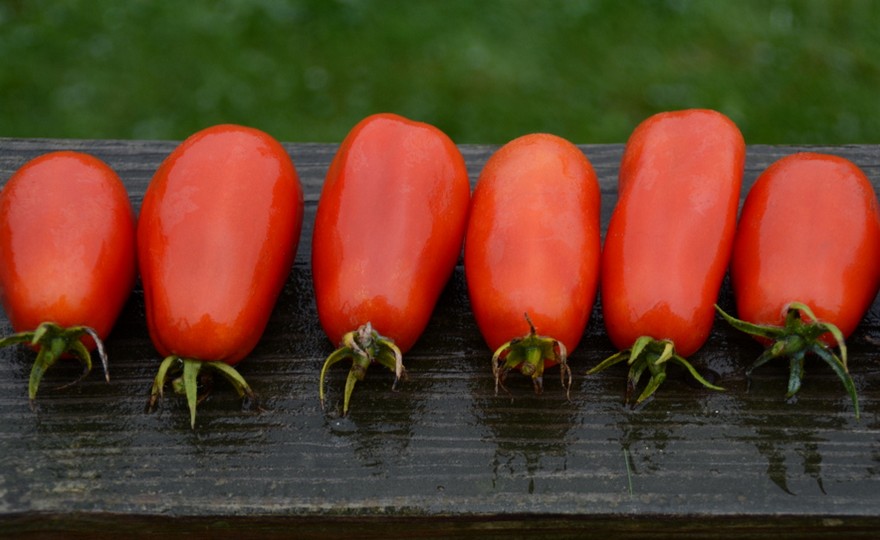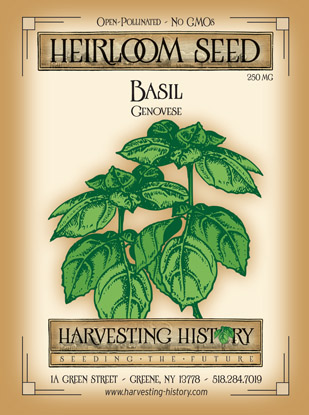
Herb, Basil Genovese
-
- **SOLD OUT** HOLIDAY GIFTS **SOLD OUT**
- **SOLD OUT** Holiday Books **SOLD OUT**
- **SOLD OUT** Holiday Citrus **SOLD OUT**
- **SOLD OUT** Holiday Gift Certificates **SOLD OUT**
- **SOLD OUT** Holiday Paperwhites **SOLD OUT**
- **SOLD OUT** Holiday Praying Mantis Kits **SOLD OUT**
- **SOLD OUT** Holiday Tools **SOLD OUT**
- **SOLD OUT** Holiday Wildflower Mixtures **SOLD OUT**
- Citrus Trees
- **SOLD OUT** - Vegetable and Herb Plants - Mix & Match any 6 Plants for $50 - Only Shipped in Quantities of 6
- Elephant Ear Plants & Roots
- **SOLD OUT** 4-Inch Pot Herb Plants **SOLD OUT**
- Rare Plants
- **SOLD OUT** Vining Plants **SOLD OUT**
- Asian Seeds
- Beneficial Bugs
- Books
- Citrus Fertilizers
- Cold-Treated Bulbs - SEE BULBS FOR FALL PLANTING TO ORDER
- Cold-Treated Allium
- Cold-Treated Chionodoxa
- Cold-Treated Crocus
- Cold-Treated Hyacinthoides
- Cold-Treated Hyacinthus Orientalis
- Cold-Treated Narcissus
- Cold-Treated Cyclamineus Narcissus
- Cold-Treated Double Heirloom Narcissus
- Cold-Treated Jonquilla Narcissus
- Cold-Treated Large Cupped Narcissus
- Cold-Treated Poeticus Narcissus
- Cold-Treated Small Cupped Narcissus
- Cold-Treated Species Miniature Narcissus
- Cold-Treated Split Cupped Narcissus
- Cold-Treated Tazetta Narcissus
- Cold-Treated Triandus Narcissus
- Cold-Treated Trumpet Daffodils
- Cold-Treated Ornithogalum
- Cold-Treated Rock Garden Iris
- Cold-Treated Scilla
- Cold-Treated Tulips
- Cold-Treated Emperor Tulips
- Cold-Treated Fringed Tulips
- Cold-Treated Green or Viridiflora Tulips
- Cold-Treated Lily Flowering Tulips
- Cold-Treated Parrot Tulips
- Cold-Treated Peony Flowering Tulips
- Cold-Treated Single Early Tulips
- Cold-Treated Single Late Tulips
- Cold-Treated Species Tulips
- Cold-Treated Triumph Tulips
- Flower Bulbs, Corms and Tubers
- Bulbs for Spring Planting
- Bulbs for Fall Planting - ALL BULBS AVAILABLE ARE COLD TREATED FOR PLANTING AS SOON AS SOIL CAN BE WORKED
- Fall Blooming Bulbs
- Garden Tools & Equipment
- Gift Certificates
- HHH Exclusive Wildflower Mixtures
- Wildflower Mixtures
- Heirloom Garlic
- Potatoes
- Roots & Sets
- Seeds
- Flowers
- Herbs
- Vegetables
- **SOLD OUT** HOLIDAY GIFTS **SOLD OUT**
-
- No products to compare
-
74 in stock
Quick Overview
HERB, Basil Genovese –
Ocimum basilicum
FULL SUN Native to India, Africa and Asia, basil has been cultivated by mankind since prehistoric times. It was brought to the US by the early colonists and was an important flavoring agent in American cuisine. Basil Genovese is the traditional pesto and sauce basil used by the Italians. The 10-14 in. bushy plants produce medium green leaves with great flavor and fragrance. Plant in late spring after the danger of frost has passed and the soil has warmed to a depth of 6 in. Rows should be 12 in. apart. When seedlings are 2 in. high, thin, leaving 6-8 in. between plants. Harvest throughout the season by cutting the tops off the plants, aggressively. Do not let the plants flower. If blossoms occur, they are edible.
| Type | Spacing | Planting Depth | Days to Germination | Maturity |
| Annual | 6-8 in. | 1/2 in. | 7-10 | 40 |

Herb, Basil Genovese
One of the world’s most beloved herbs, grown on every continent but Antarctica (where it is grown in greenhouses), Basil is an annual herb. The plant has been grown for thousands of years for both its culinary and medicinal benefits. During the Middle Ages, Basil was believed to induce madness if the powder made from its dried leaves was snorted through the nose. Today there is no scientific evidence to support that snorting basil causes madness. Basil has largely enjoyed a relationship of love and respect with mankind. During the Victorian Era, a gentleman presenting basil to a lady meant that he wished for the lady to fall in love with him and never leave him. If a lady placed a pot of basil on her balcony, it meant that she was ready to receive suitors. However, maybe the best anecdotal historic legend comes from the Greeks and Romans. Physicians from these two cultures believed that to grow a good crop of basil, one needed to shout and curse when sowing the seeds. From this tradition came the French axiom, “semer le basilica” – “sowing the basil” an idiomatic expression for ‘raving’.
Basil is a gentle, if not pleasant, aid for digestion. A tea made from basil leaves enjoyed after dinner is known to ease the digestive process. It can be used for stomach cramps, vomiting and constipation. It is also believed to have a mild sedative ability and so is often prescribed for stress headaches and anxiety.
Basil is best when consumed fresh, but it can also be stored. The best way to store basil is to make a paste out of pureed leaves and olive oil, to freeze the paste in ice cube trays and then to store the “basil ice cubes” in sealed plastic freezer bags. Stored in this way, the basil can last up to a year.

